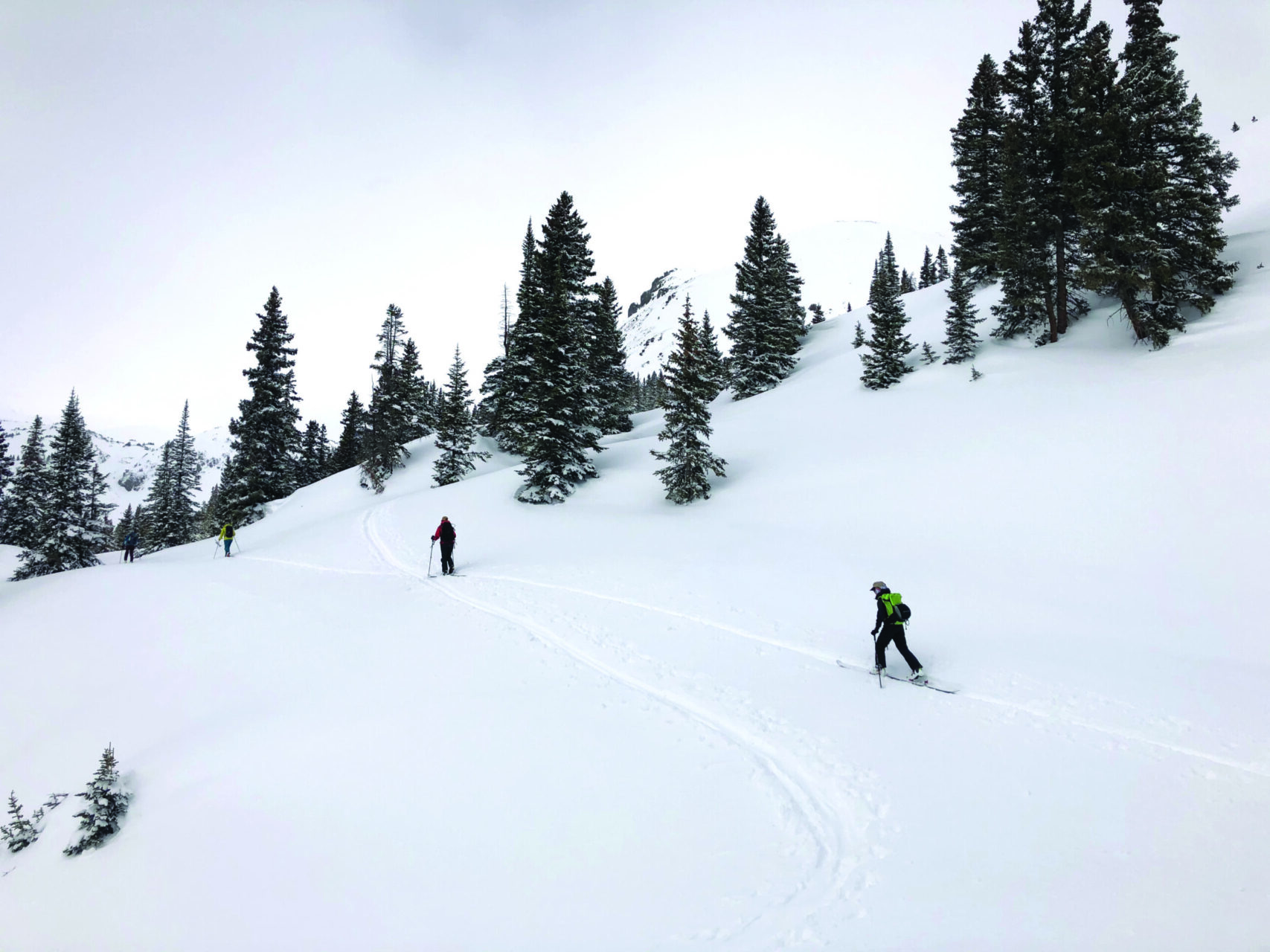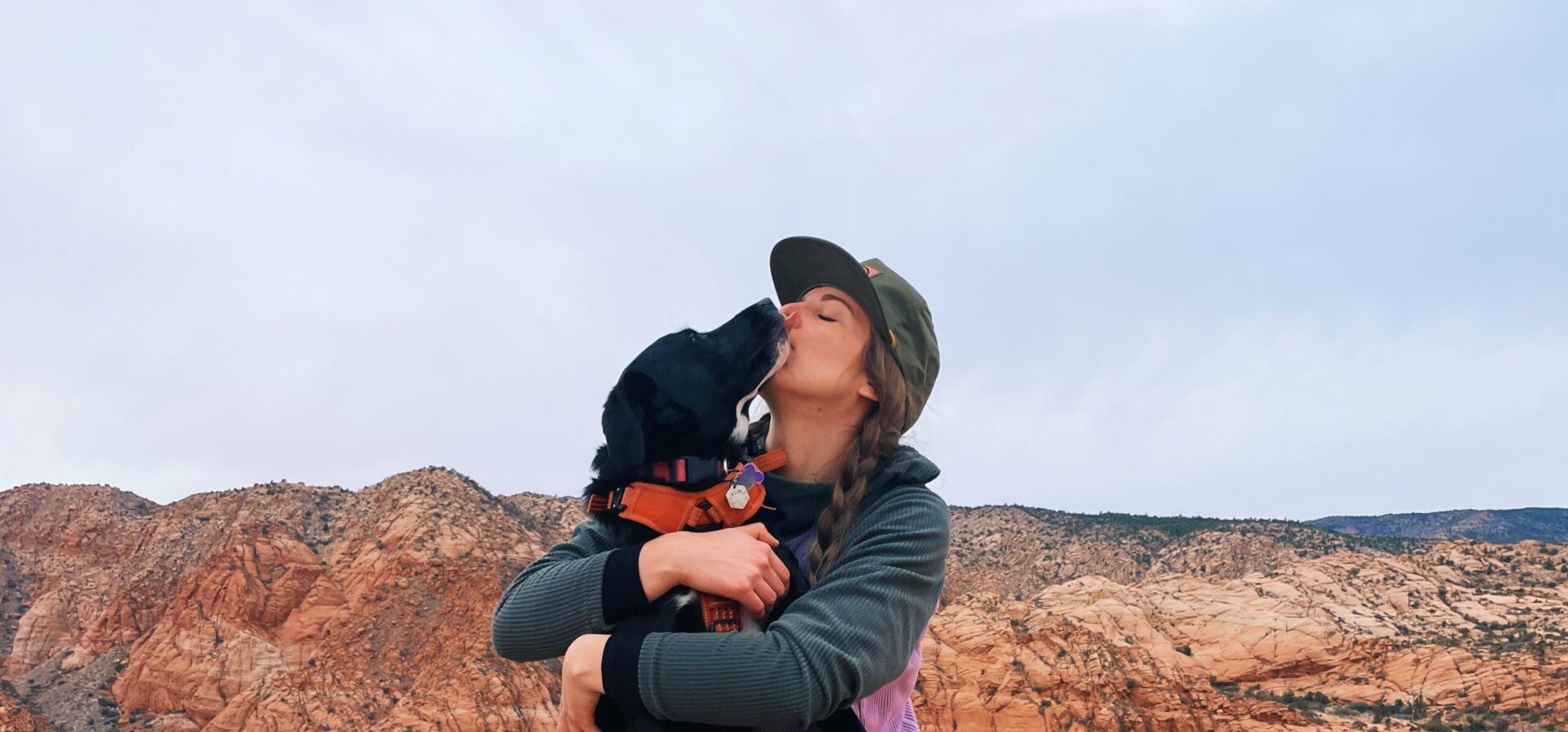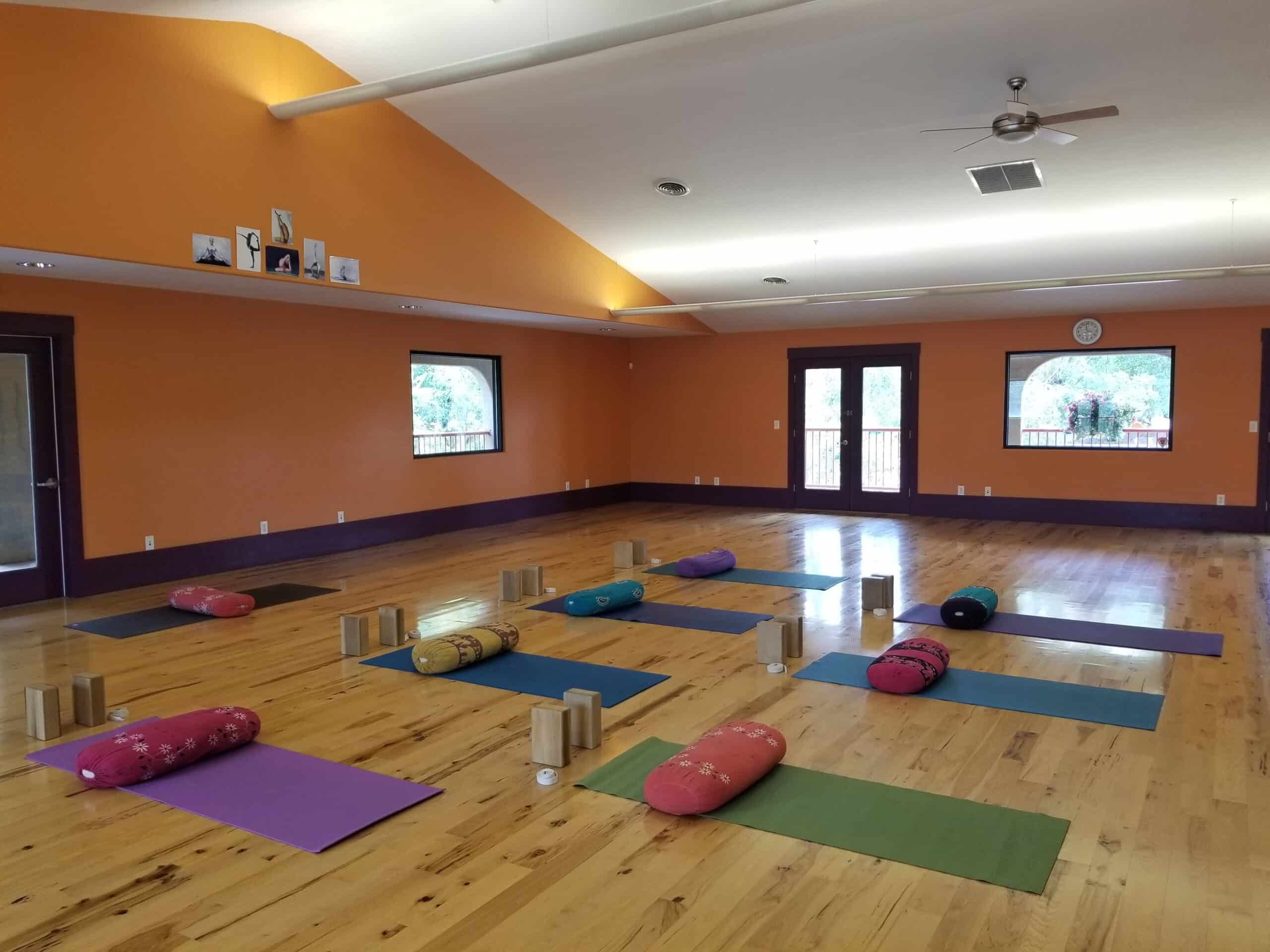Learn The Basics of Backcountry Ski + Snowboard Touring | By Mitchell Milbauer
Over a foot of snow is in tonight’s weather forecast; it’s the weekend and you’ve already made plans to ski or snowboard with your friends. For this upcoming ski day, however, you want to get away from highway traffic and those dreadful lift lines to experience the mountains in their purest form. For many, the answer to this calling is found through backcountry touring. This is the old-fashioned and now increasingly popular way of skiing or snowboarding your favorite line, or as many like to say, “earning your turns.” The saying refers to sliding uphill with either a snowboard split in half (splitboard) or with alpine touring (AT) ski gear to descend one line, and then to do it all over again — human powered.
Interest in backcountry ski touring has increased exponentially in the last several years, along with impressive technological advances in AT and splitboard gear. There’s no doubt people want to ski in the backcountry, but there is a lot to learn about gear, cost, safety and location. As it’s said about avalanche safety, “know before you go.”
When it comes to safety, skiers and snowboarders are all going to need the following: beacon, shovel, probe and a backpack for it all to go in. These are necessities and nobody should leave the trailhead without them. Many places supply a starter package (not including a pack) that includes all three for anywhere between 400 and 500 dollars. These three things make the likelihood of surviving an avalanche slightly higher, which is no small detail, if your partner has no trauma and can participate in your rescue.
When it comes to non-safety gear, snowboarders are looking at a whole new setup for the most part. The equipment includes a splitboard, splitboard bindings, skins, touring poles and hardware. If you’re really looking to avoid spending, you can even invest in a DIY splitboard kit. These kits are around 150 dollars, but are not as reliable in the field as a regular split. On the other hand, skiers have it a little easier gear-wise. The only new gear needed are skins and touring bindings (allowing your heel to move freely) that are compatible with your boot. You can also opt for ski touring boots, which tend to be lighter and allow for faster movement in the alpine, as well as collapsible poles for putting in your pack or extending for better uphill traction.
SAFETY FIRST
Possibly the most important thing when in the backcountry is knowing how to stay safe. This is crucial to being ready to get out of bounds. Especially in the western United States, we see an unfortunate number of avalanches and deaths due to the high number of backcountry users. Leading the pack by state is Colorado, which has had 287 deaths and counting since the 1950- 1951 season according to the Colorado Avalanche Information Center (CAIC). This organization is the main source of avalanche information in the state. It allows backcountry users to access avalanche conditions every day via computer or app and allows you to know the risk factor if you are planning to travel. Along with CAIC, many states have their own avalanche information centers including UAC (Utah), NWAC (Washington), SAC (California) and more.
It’s one thing to know where to get information; it is another to know how to interpret it. Before anyone ventures out, it is of the utmost importance to take an avalanche awareness class and an avalanche level-one course, which is the recommended start to the avalanche recreation learning track. The awareness class will give you an idea of what it’s like to travel in avalanche terrain, and the avalanche one is a three-day course that will teach you how to asses avalanche hazard, make decisions and perform rescues. These courses can be found with a quick online search and are offered in most areas with mountainous terrain. It’s always better to be an asset to your backcountry partners than a liability.
This year will have an almost guaranteed increase in backcountry participation due to COVID-19 and the recent announcement by Vail Resorts CEO, Rob Katz. In an open letter, Katz said there will be a reservation system at all Vail-owned mountains, which means limited skiers and riders via lift access. Because of this, it will be extra important that backcountry users take the right steps to help keep everyone safe, such as keeping distance from others on the skin track, traveling with the appropriate gear and having the correct knowledge about avalanche terrain. On top of these ‘must do’s’, taking any form of a wilderness first aid class is highly recommended — just to make sure everyone is ready when something doesn’t go as planned.
Photo by Kim Fuller.
 Mitchell Milbauer is an outdoor photographer and writer. His photography focuses on adventure sports in the mountains and ocean and also landscape. His writing encompasses anything within the outdoor sphere and takes the form of personal essay, reporting, environmental activism and gear review. When not behind the lens or writing Mitchell can be found snowboarding, climbing or surfing. His work can be found at mitchellmilbauer.com and @mitch_milbs.
Mitchell Milbauer is an outdoor photographer and writer. His photography focuses on adventure sports in the mountains and ocean and also landscape. His writing encompasses anything within the outdoor sphere and takes the form of personal essay, reporting, environmental activism and gear review. When not behind the lens or writing Mitchell can be found snowboarding, climbing or surfing. His work can be found at mitchellmilbauer.com and @mitch_milbs.
Embodying your purest essence becomes easier when you feel truly at home in your body. Your frame is [...]

Subscribe to Our Tribe
Stay up to date with Y+L News, Events and special announcements.










